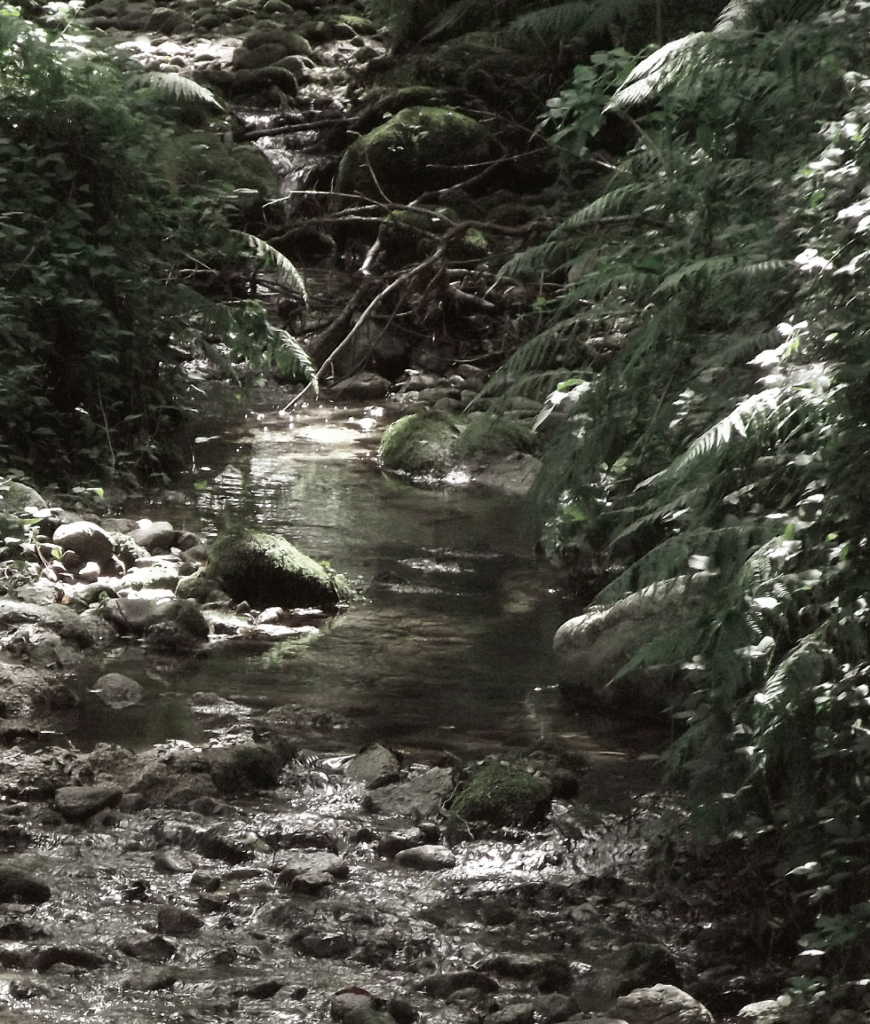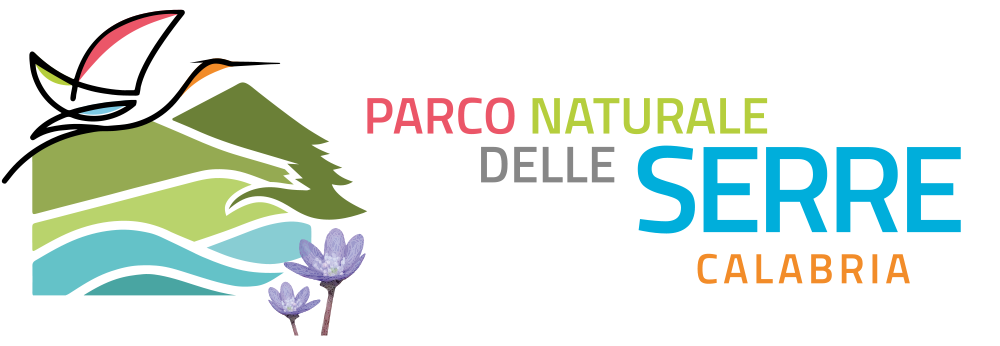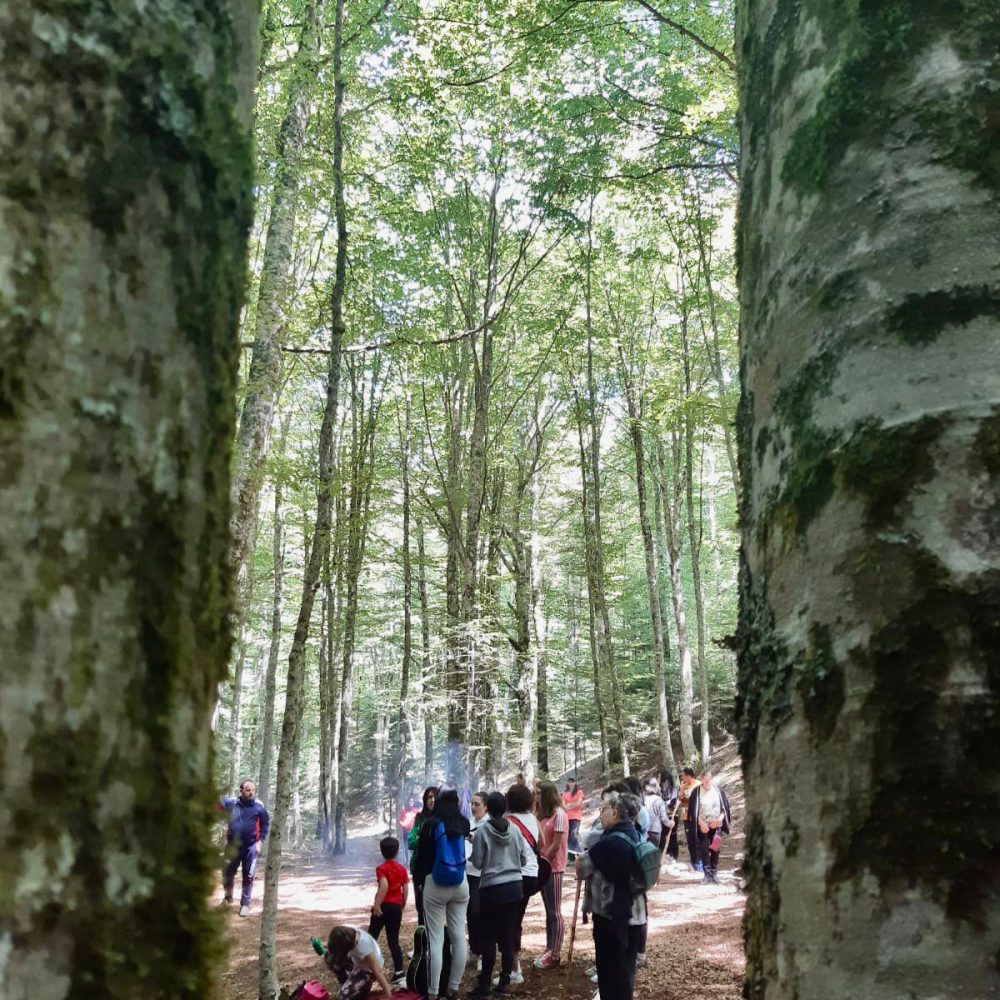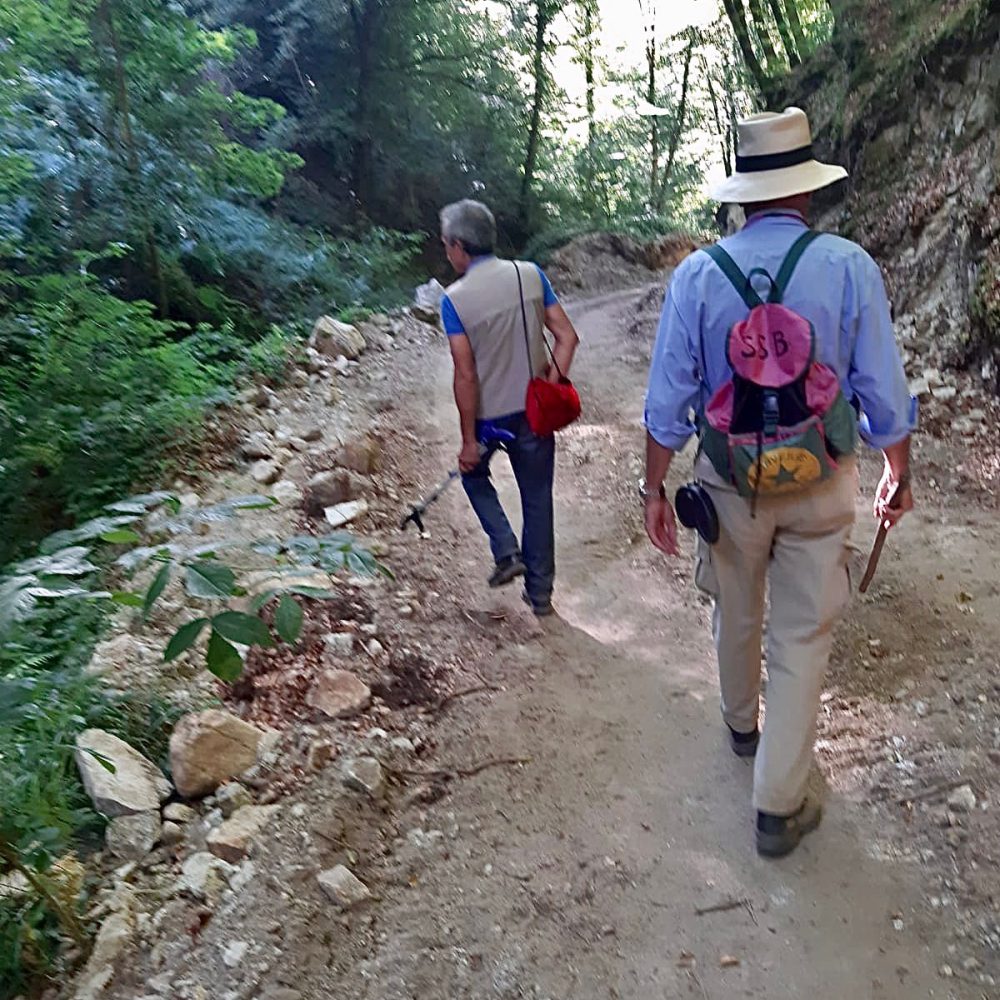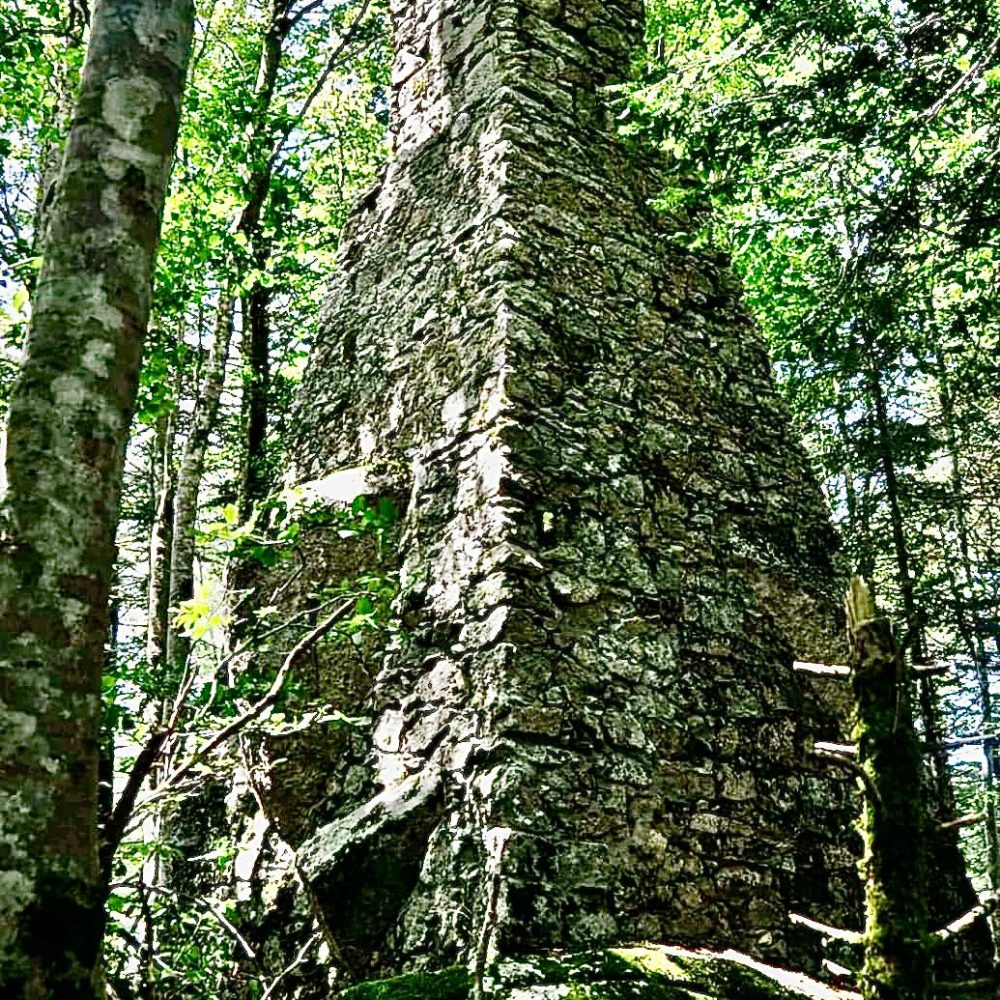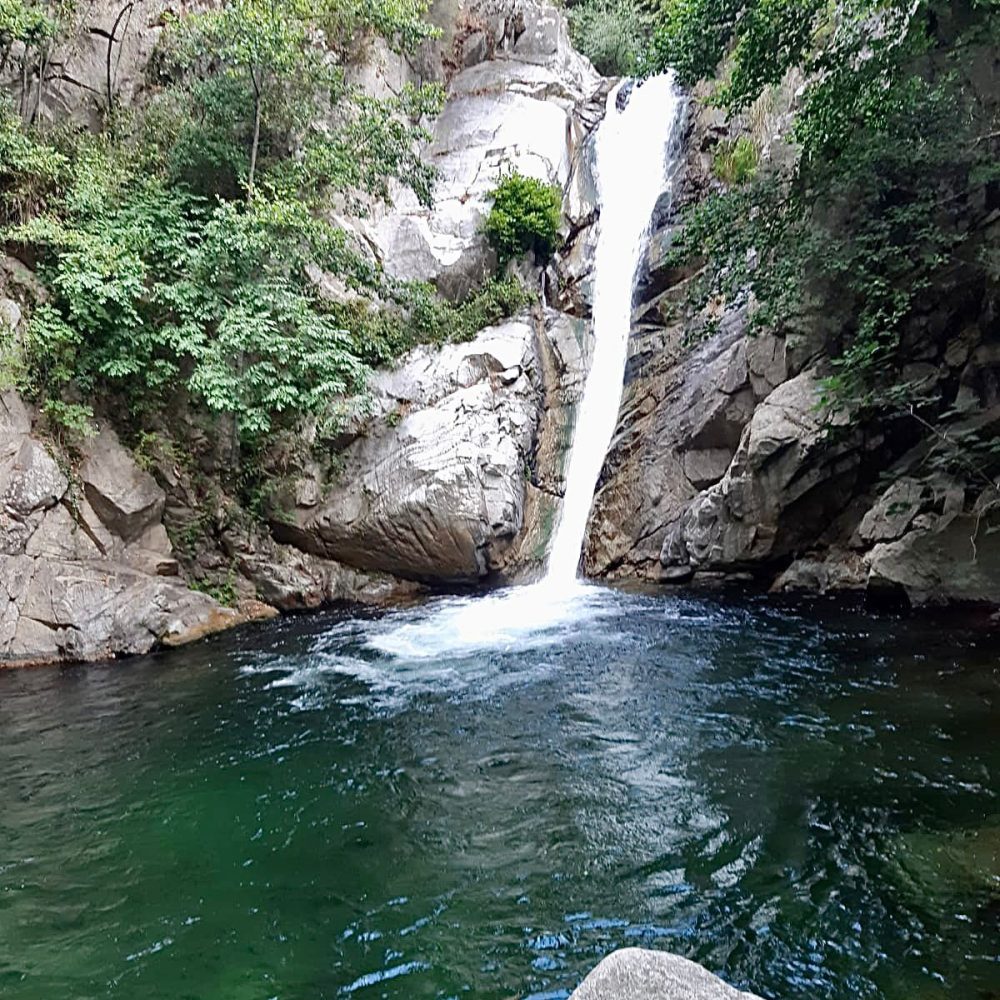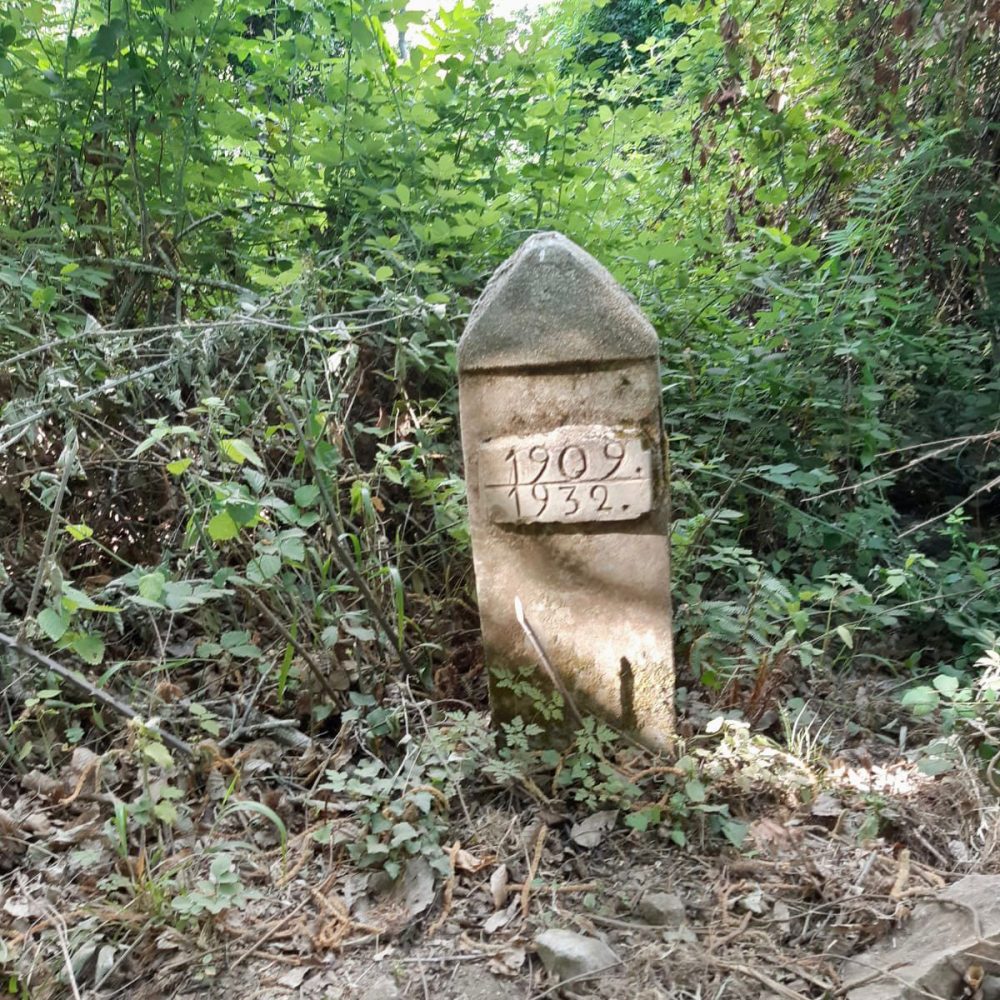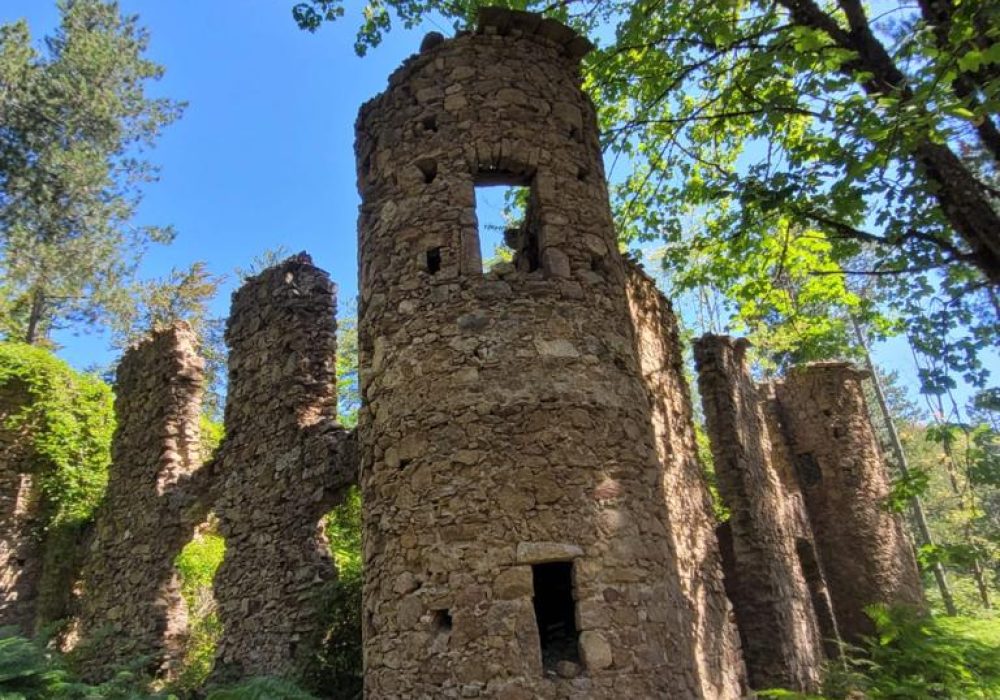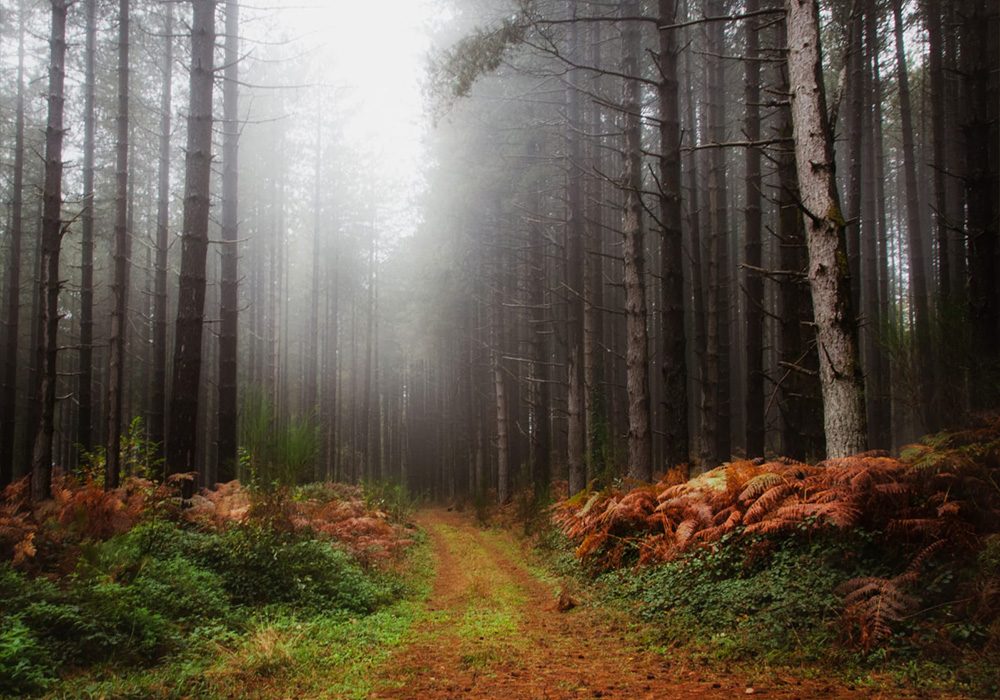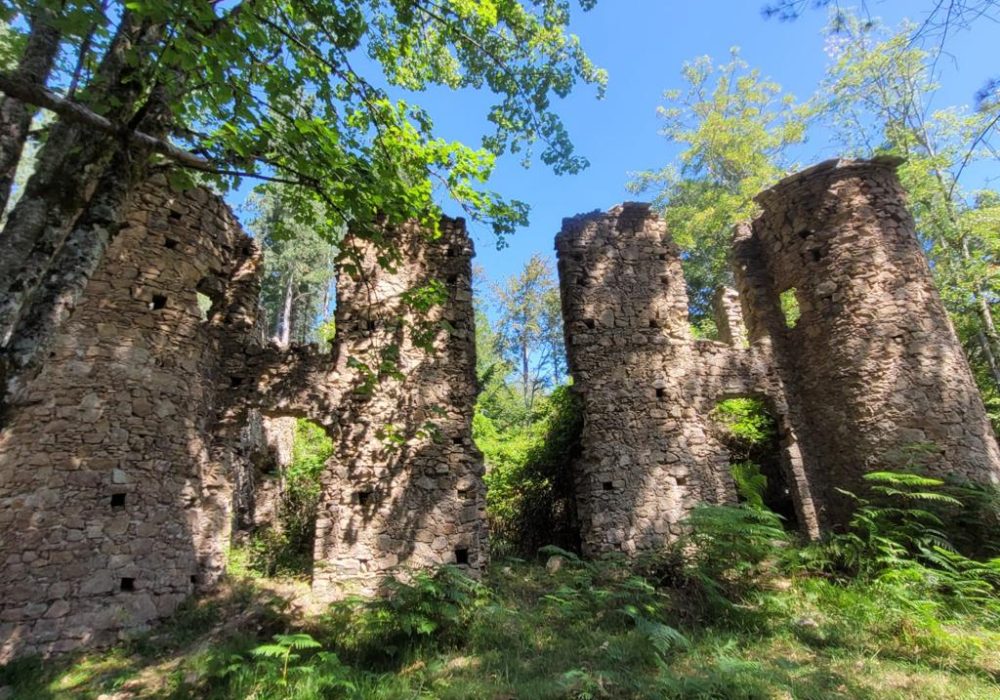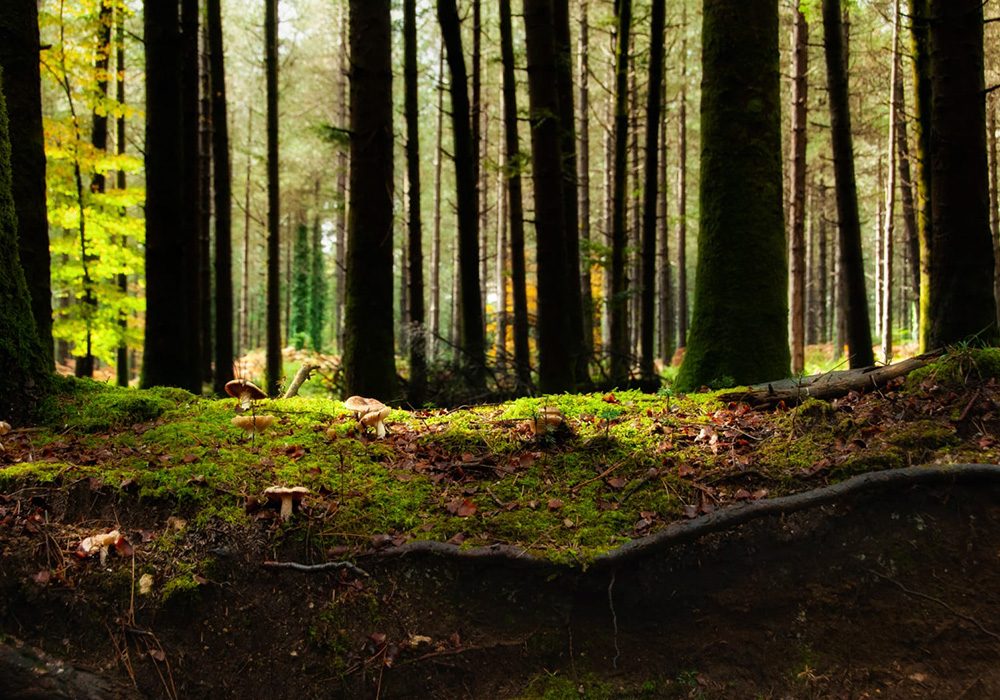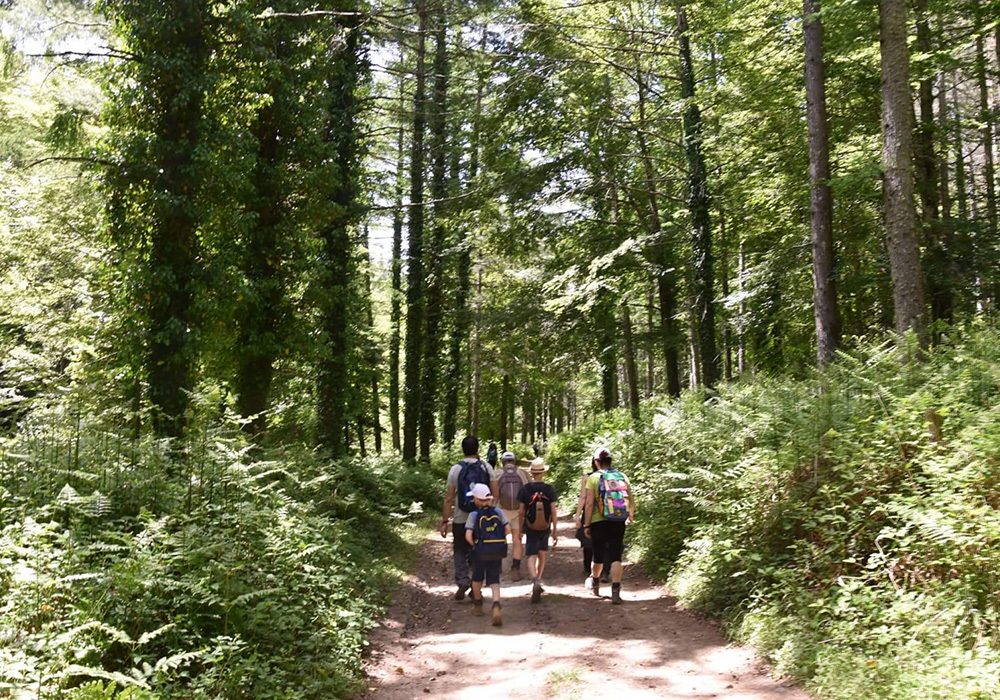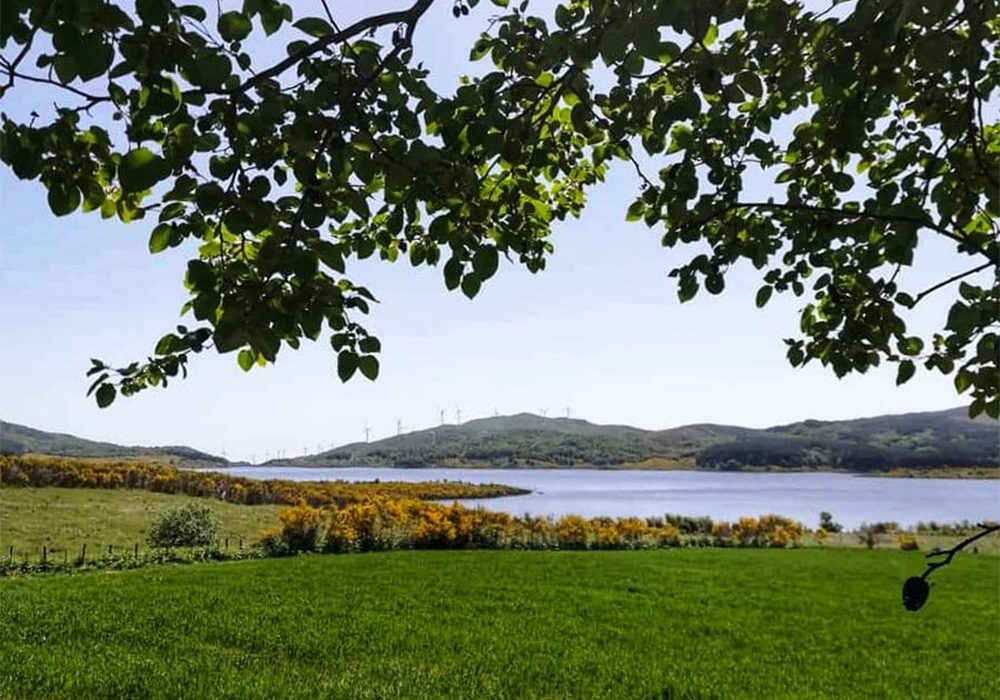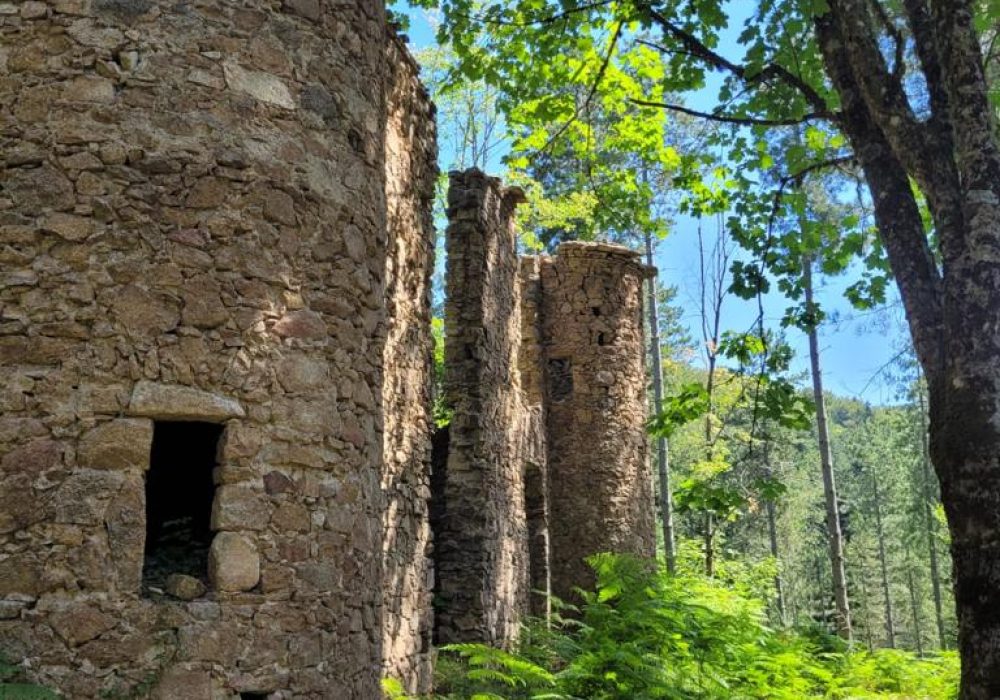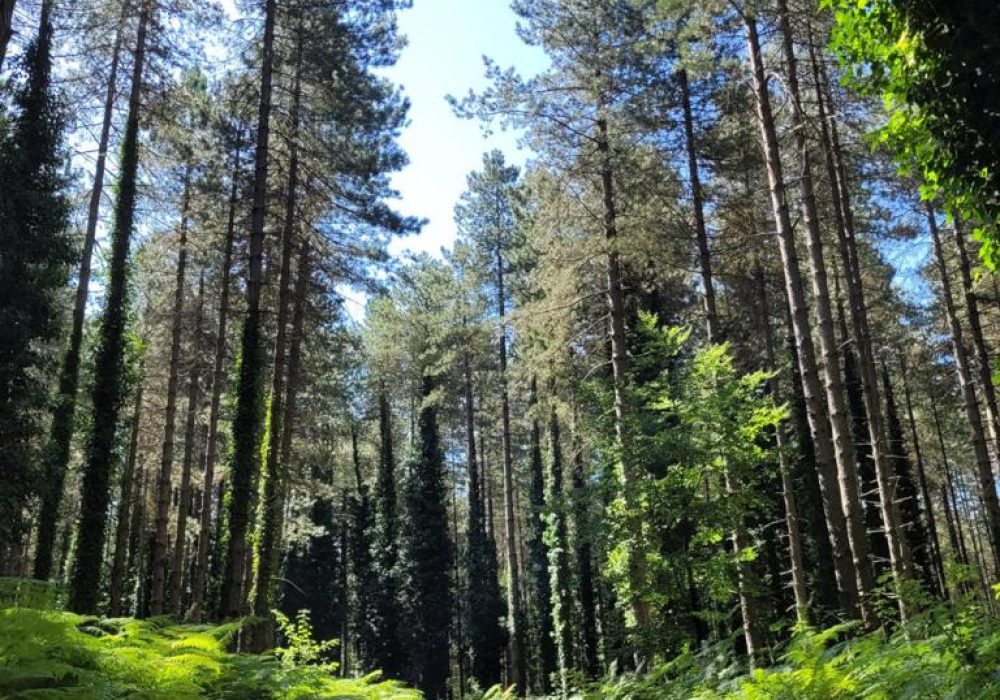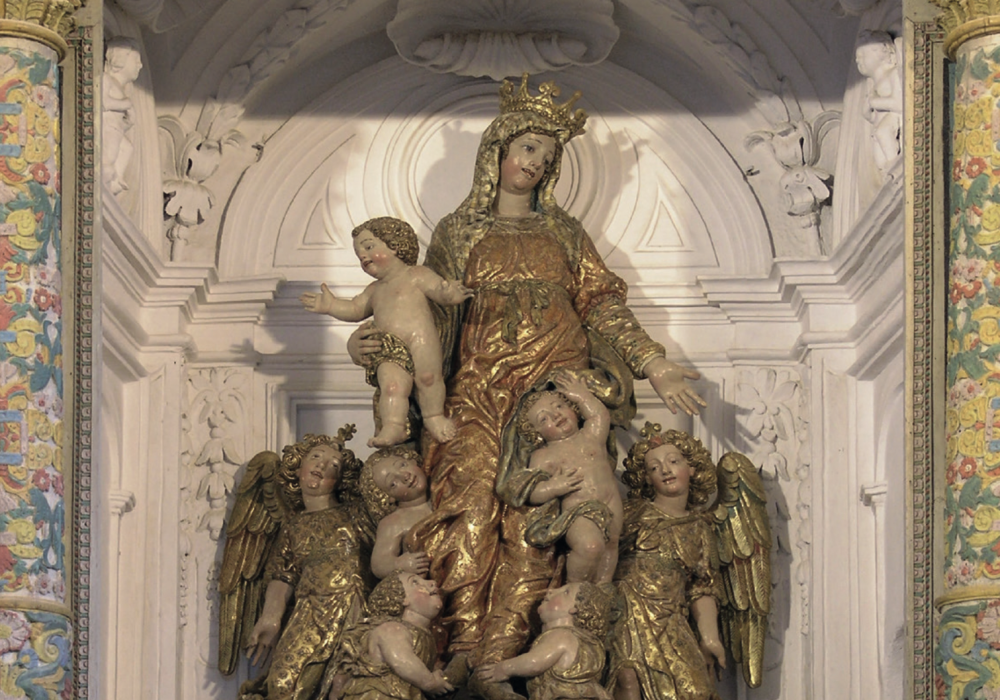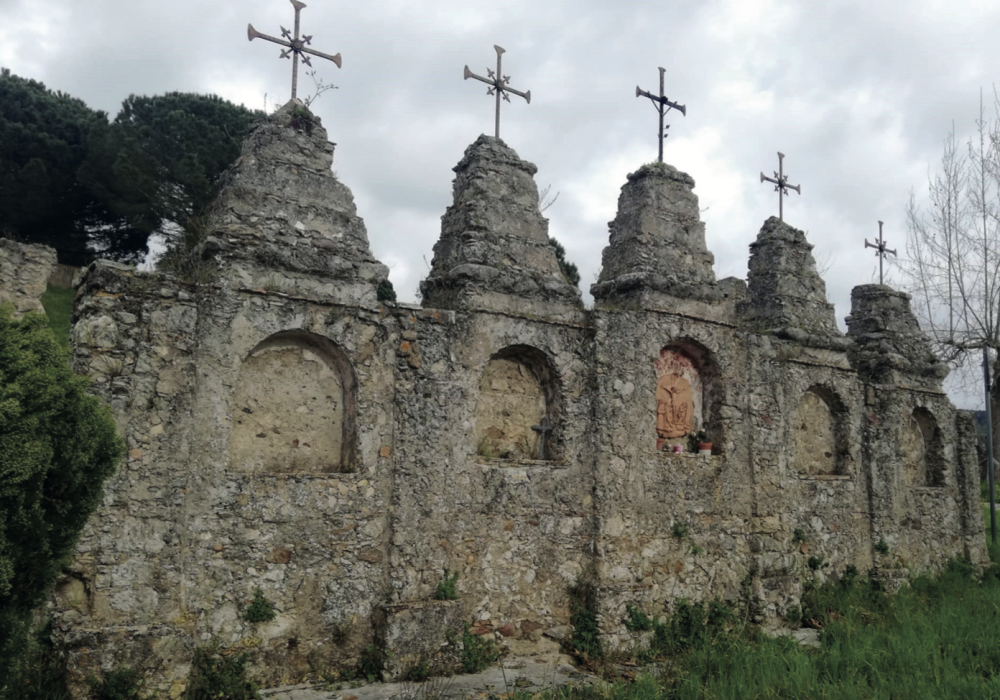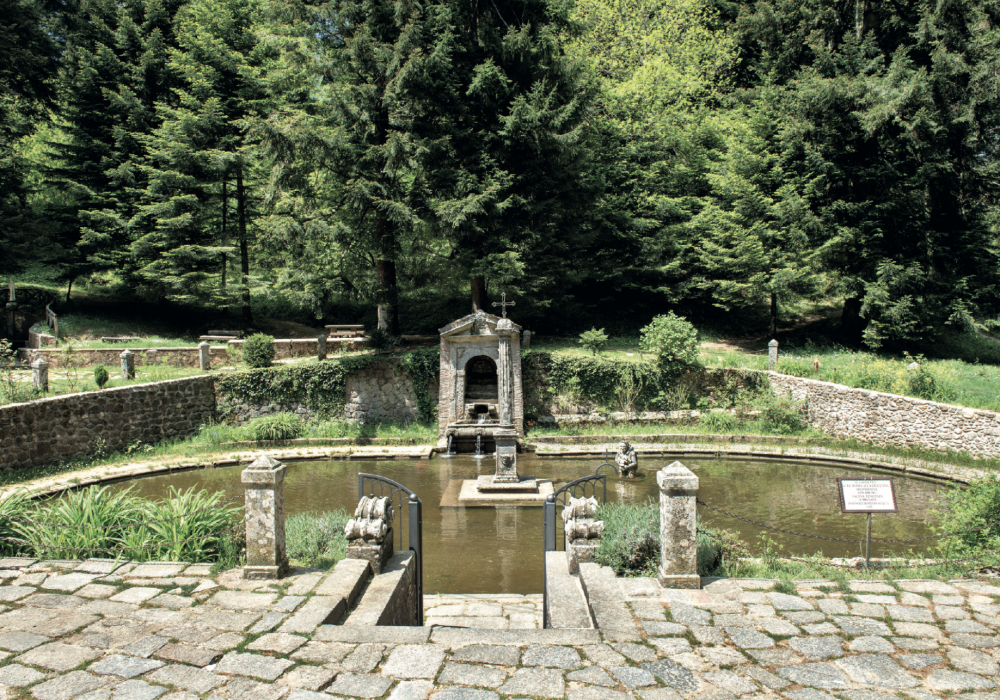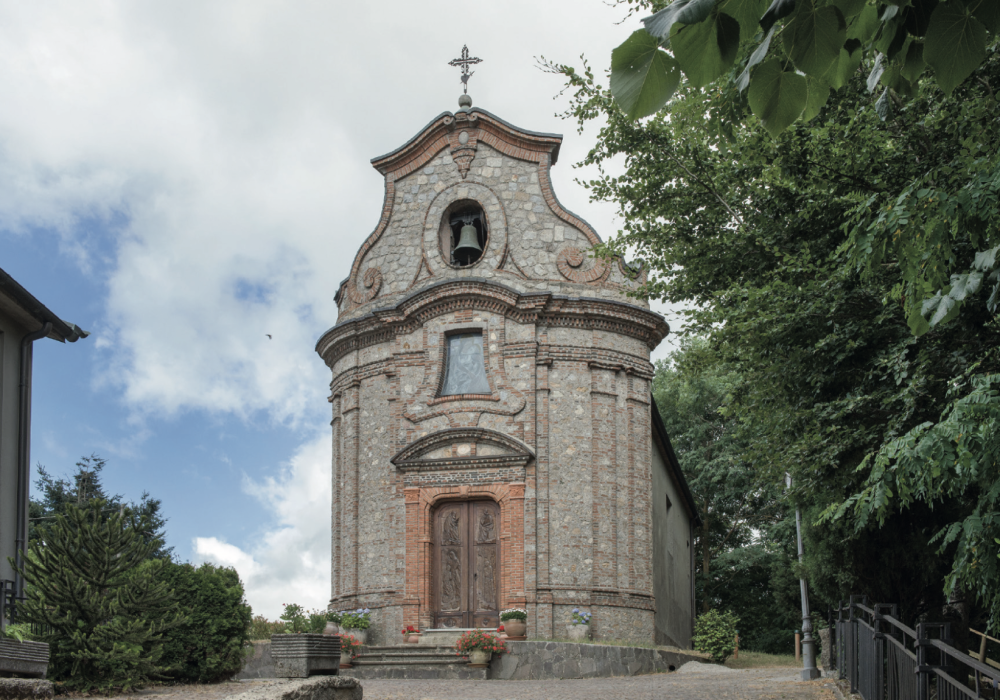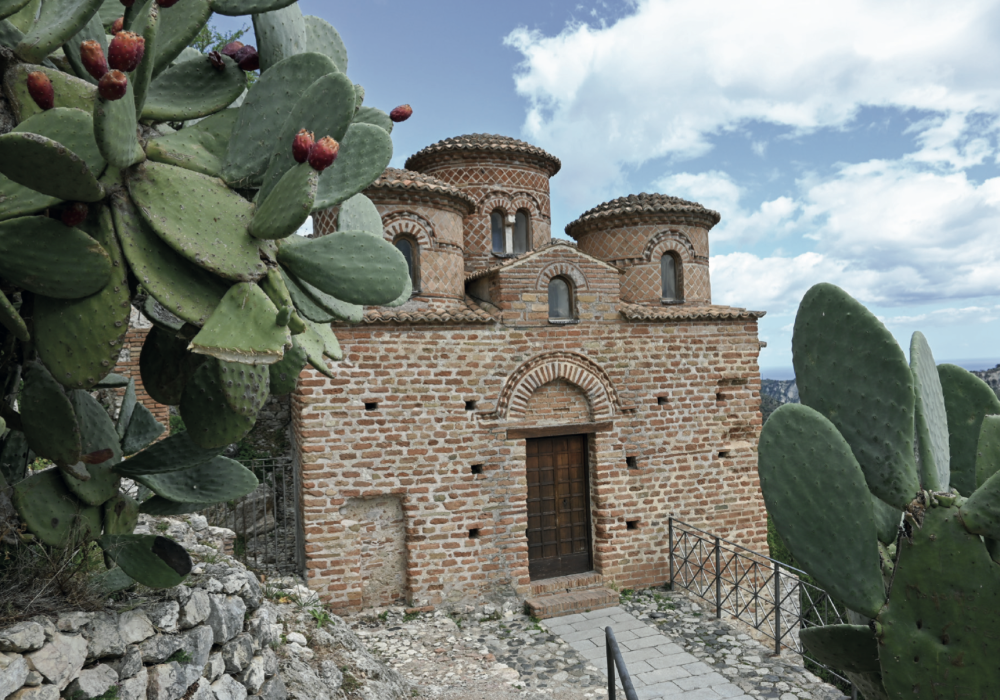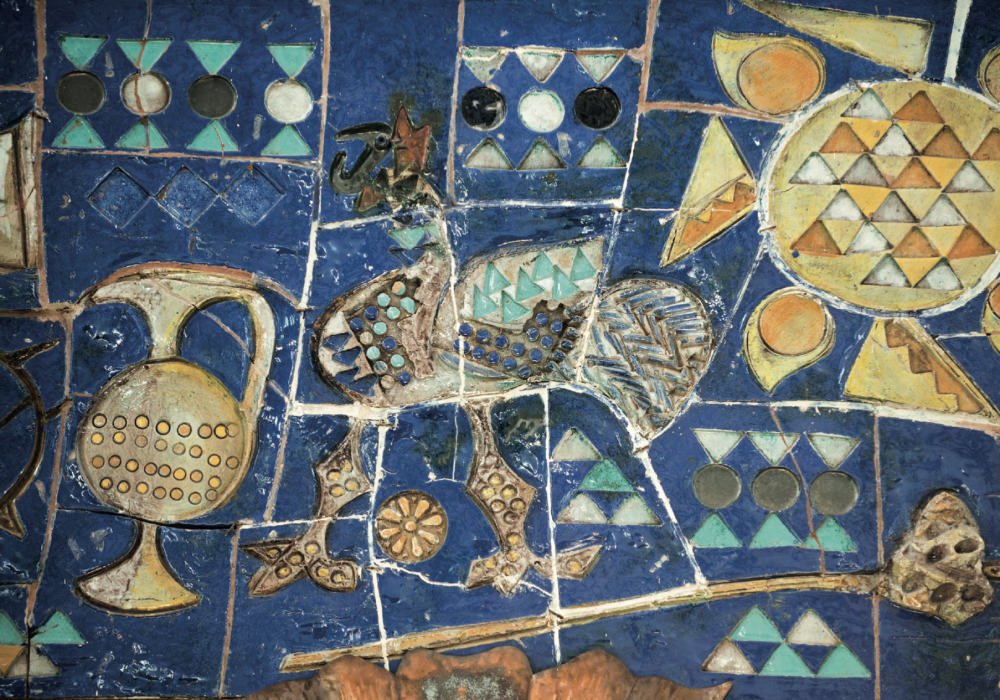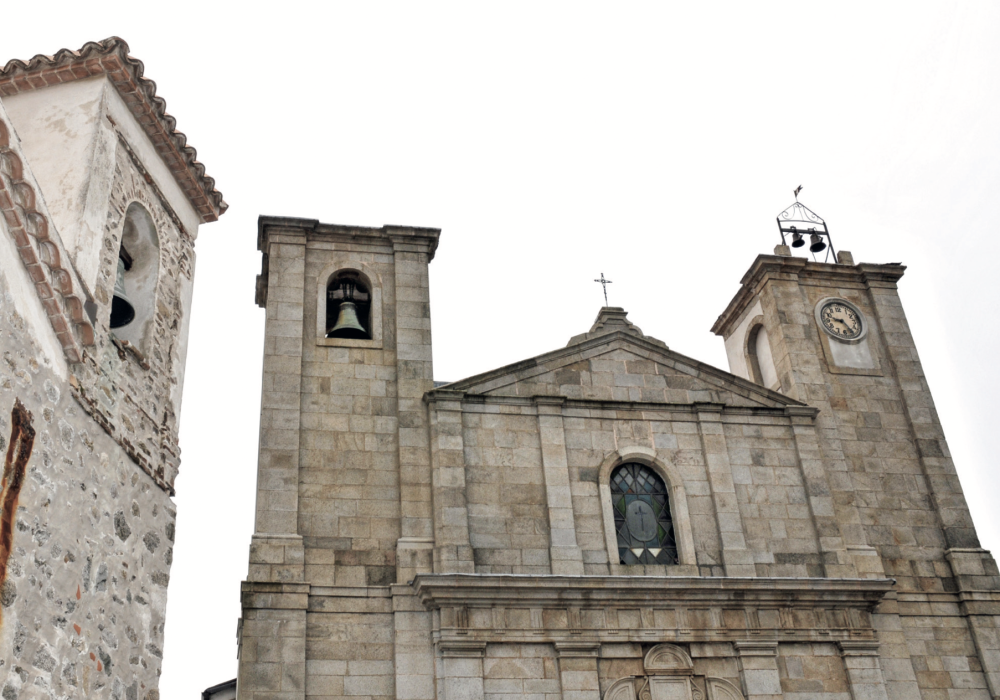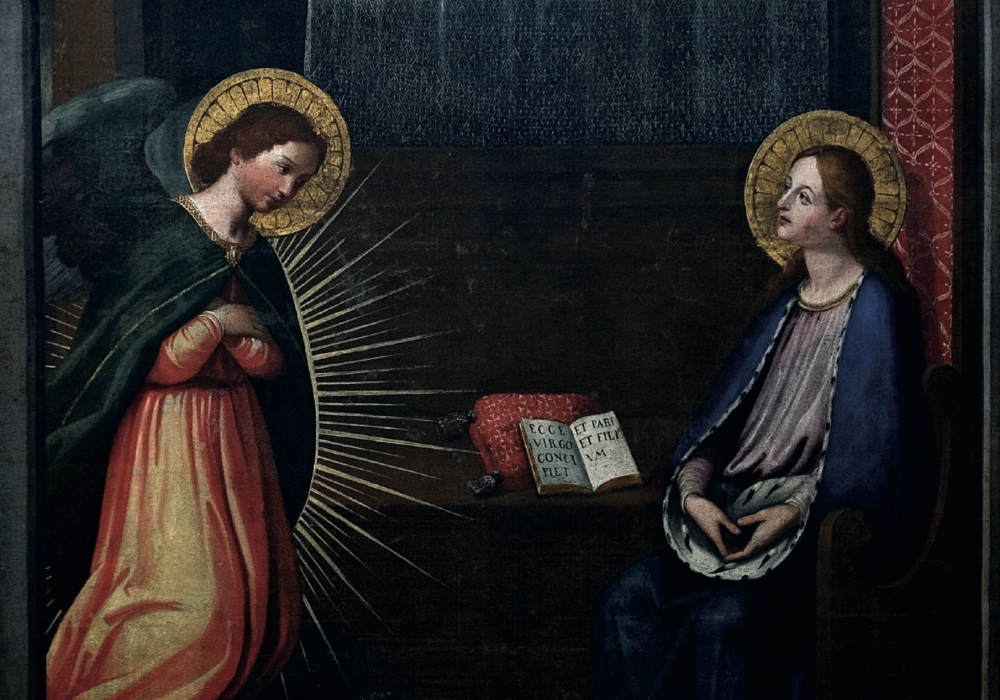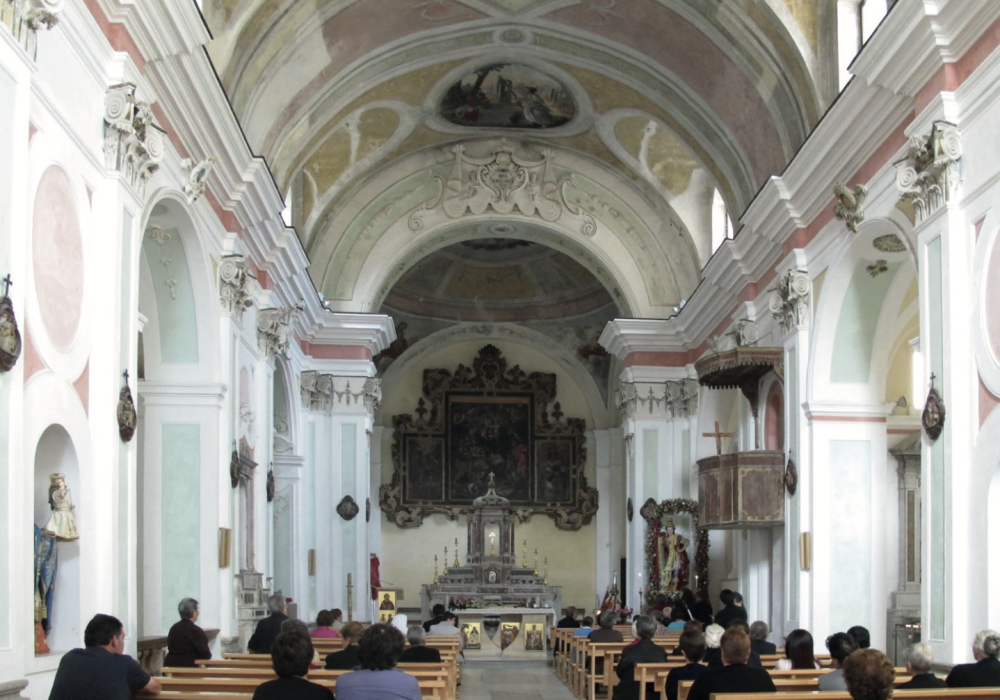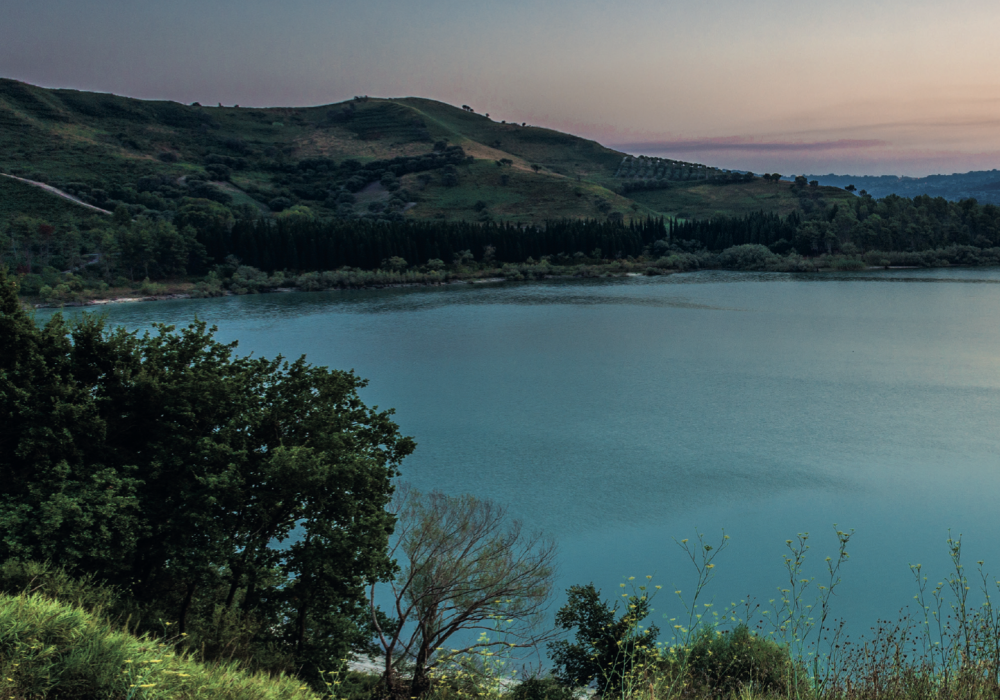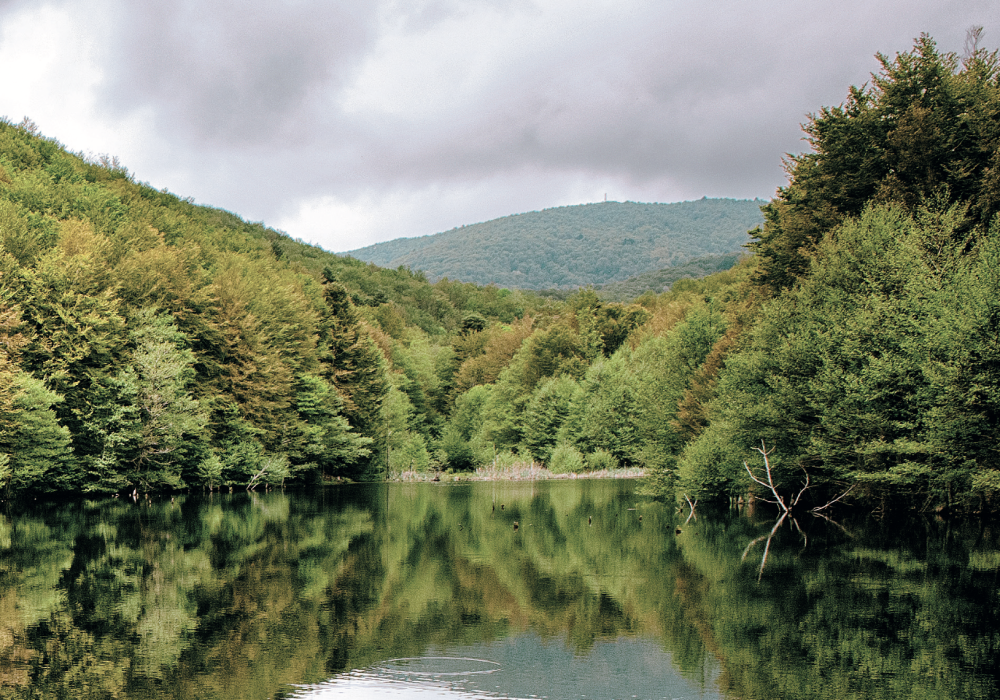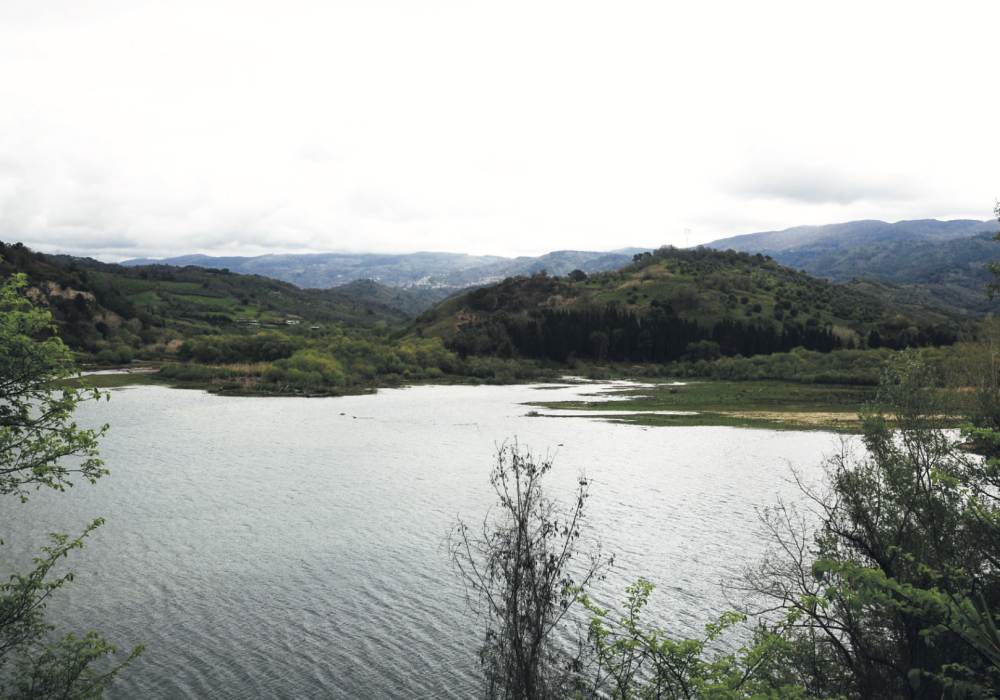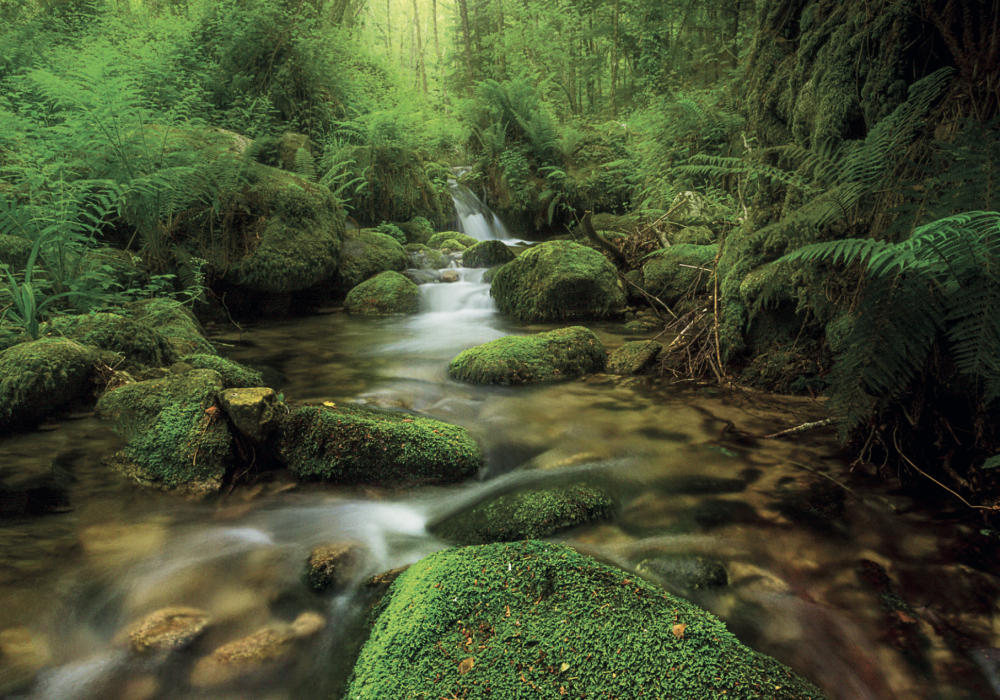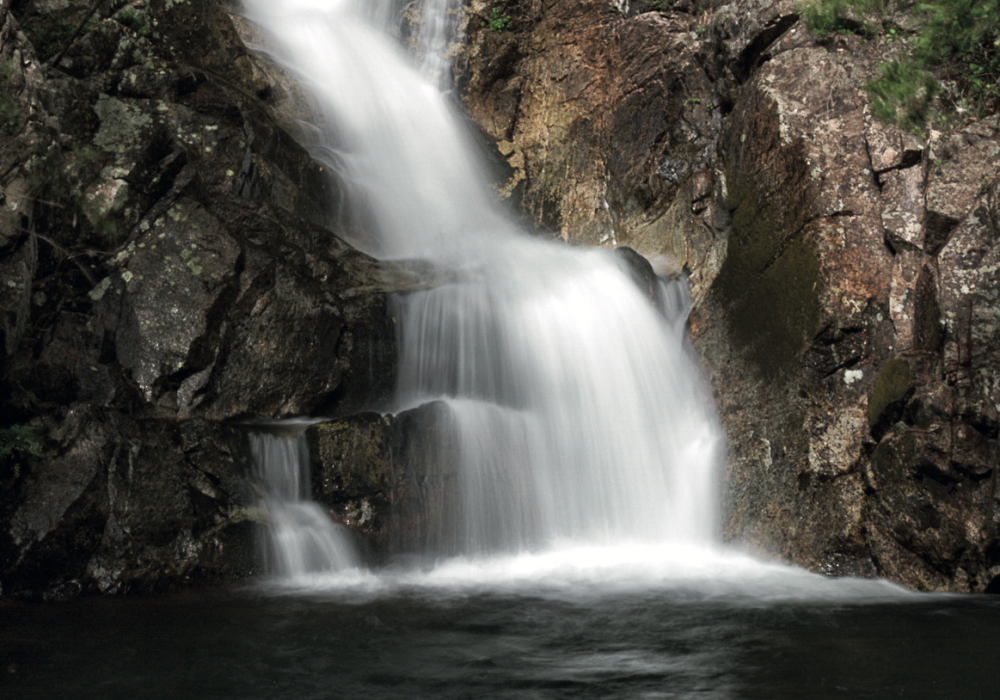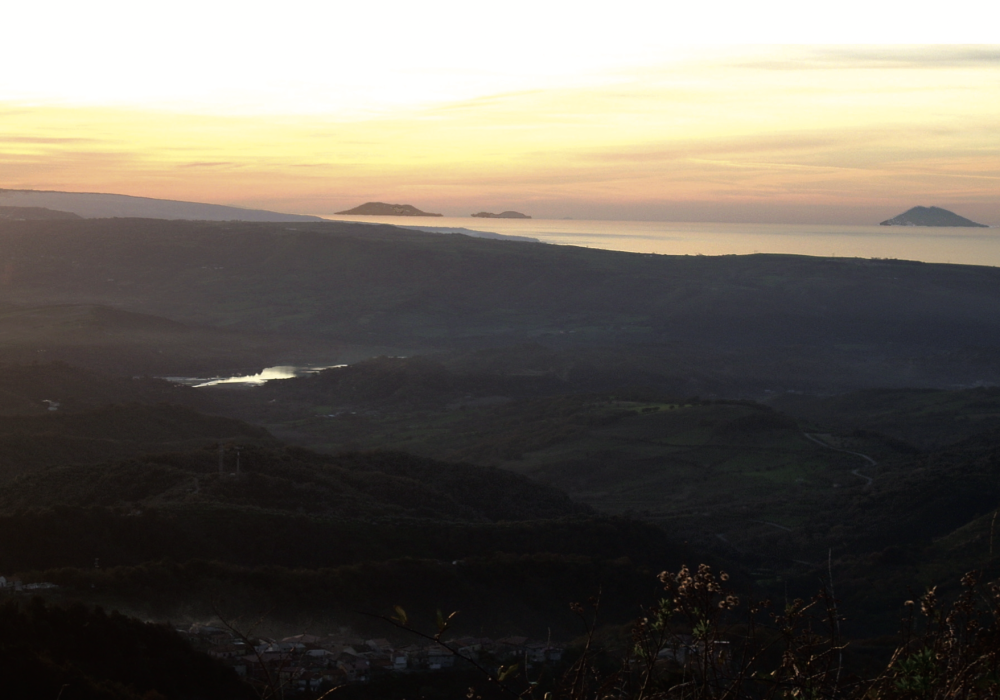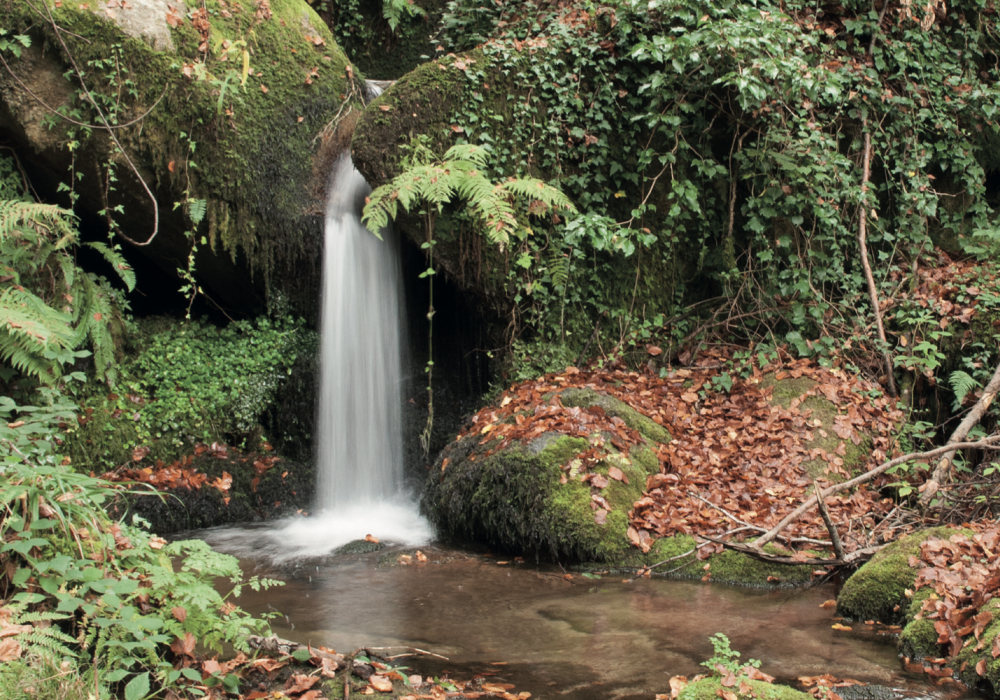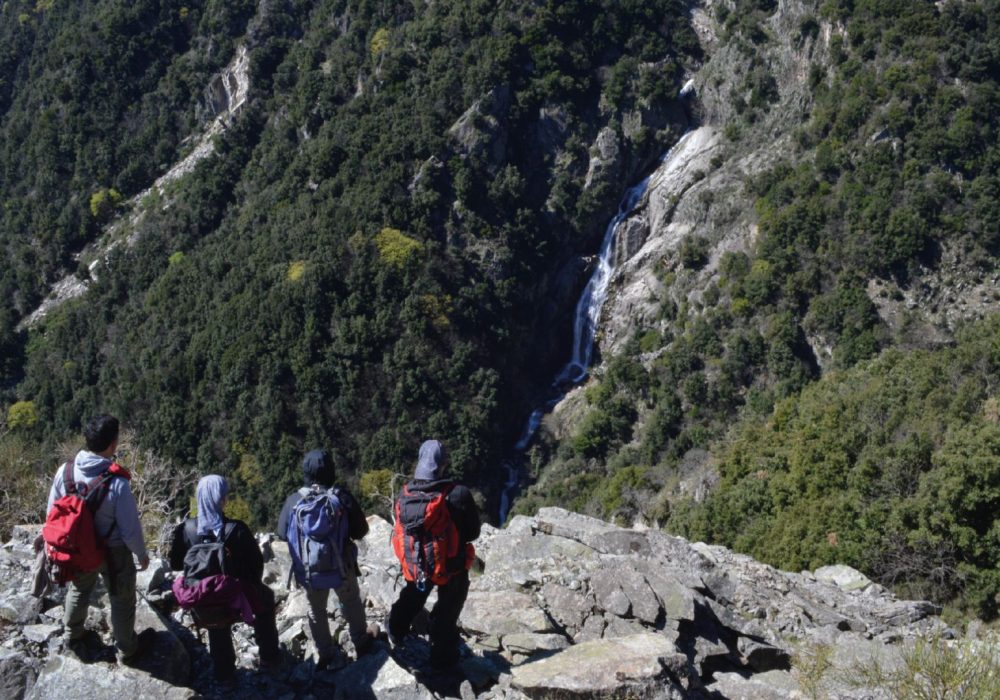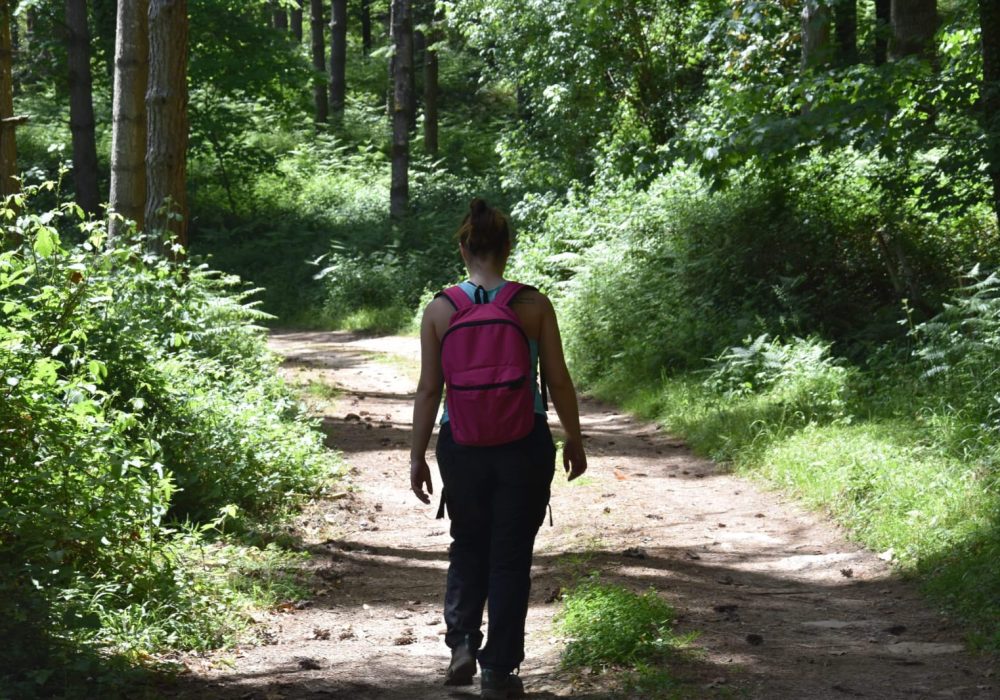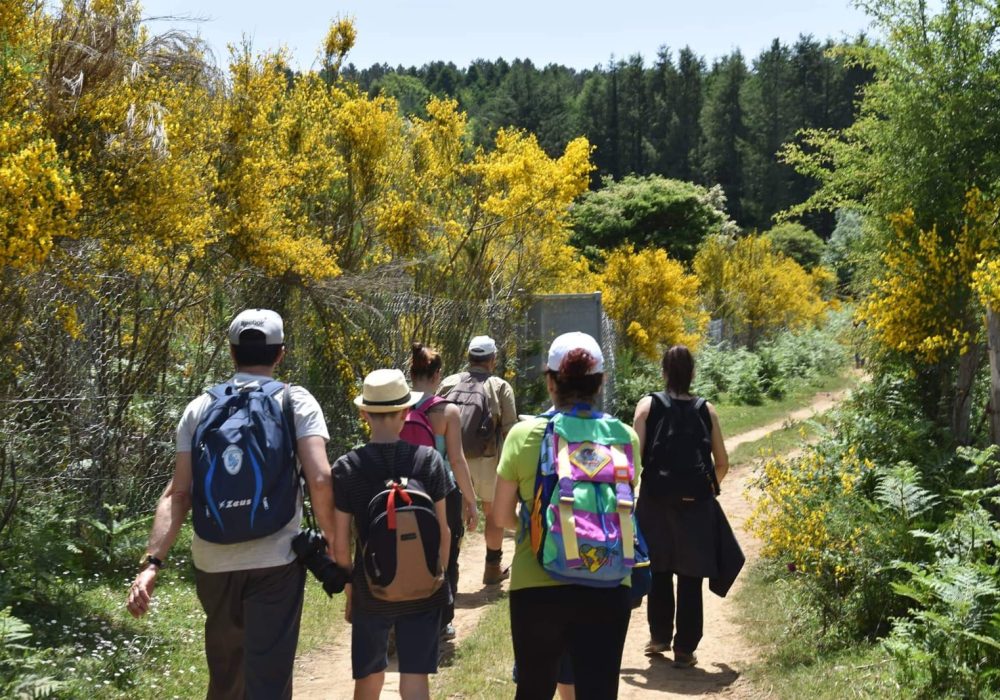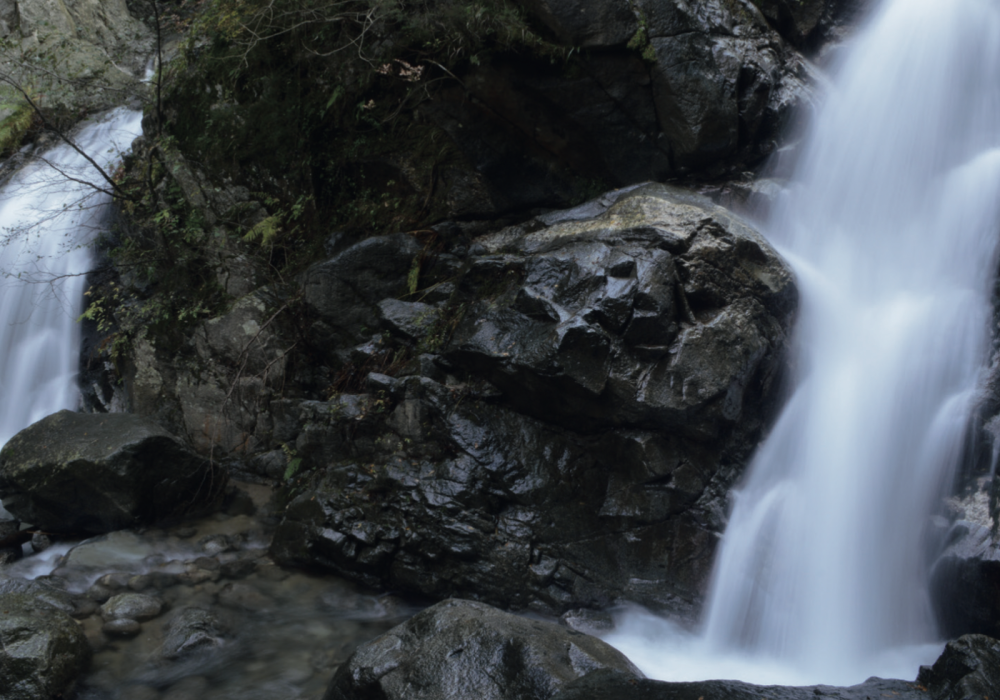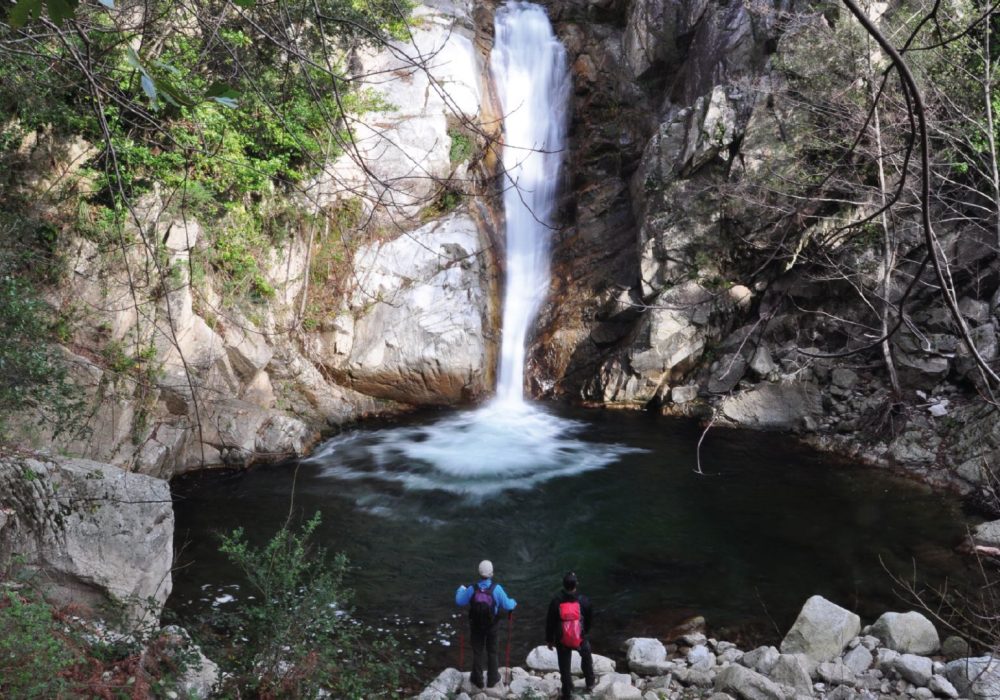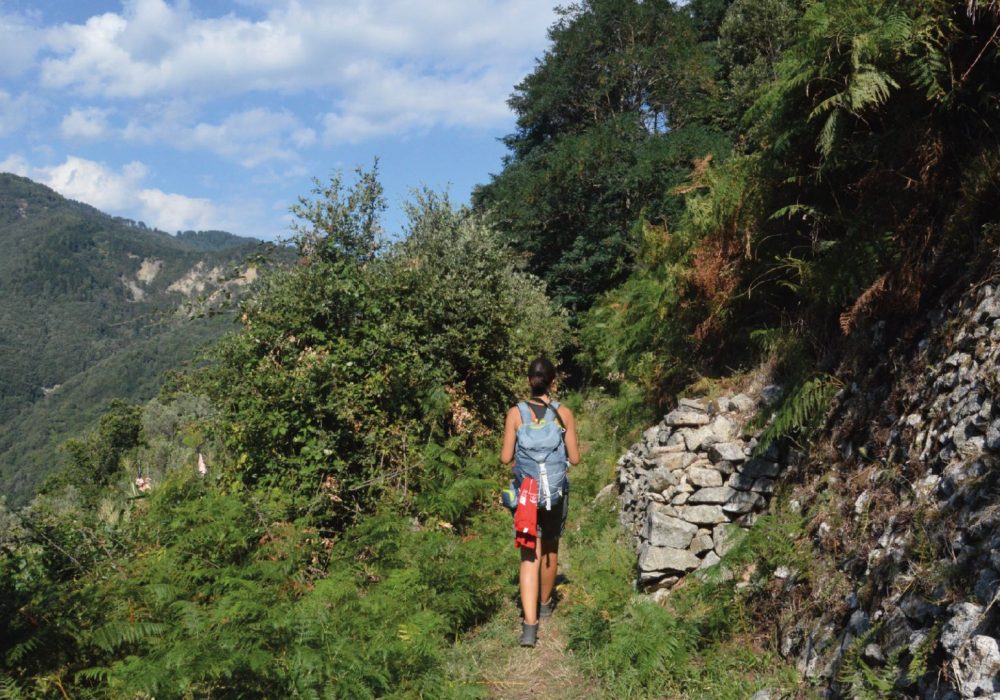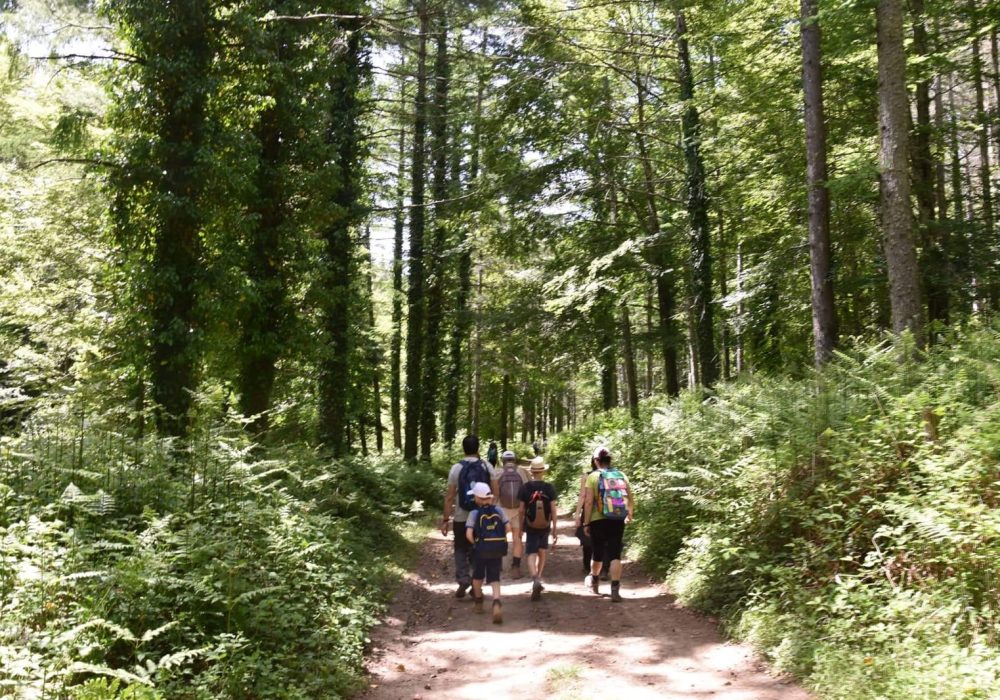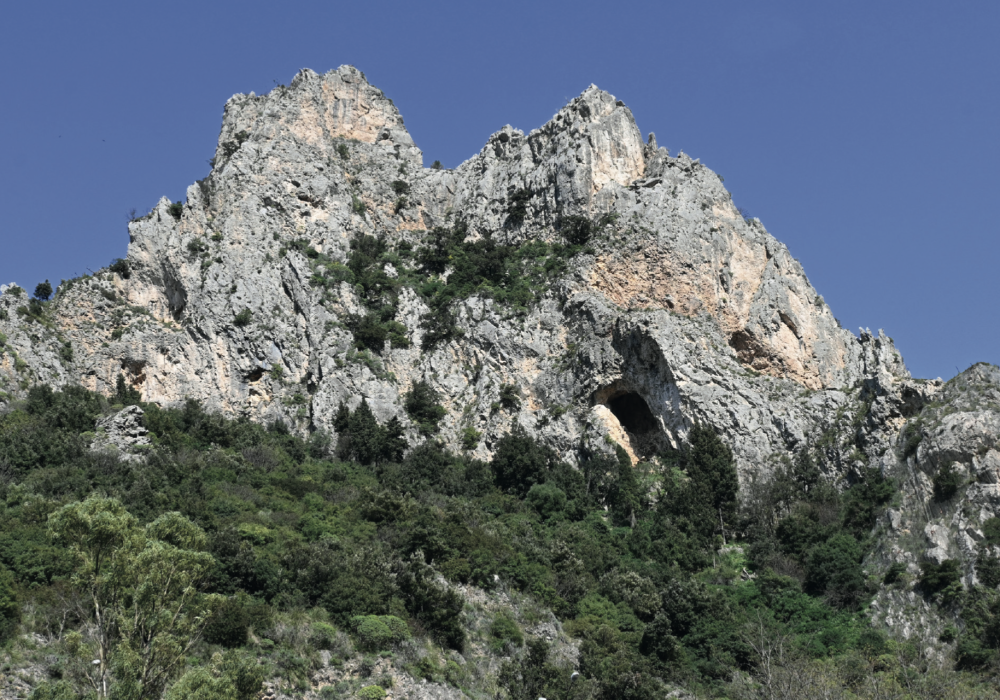Lacina-Lu Bellu Trail
We follow a path that will allow us to immerse ourselves in stupendous beech and fir forests among which are truly extraordinary specimens that soar towards the sky, drawing rosettes of leaves, light and shadow.
Path Info
MUNICIPALITIES: Brognaturo (VV), Serra San Bruno (VV), Stilo (RC)
START: Lacina, Brognaturo (VV)
END: Casermetta “Lu Bellu”, Serra San Bruno (VV)
TIME: 4 hours
DISTANCE: 8 Km
DIFFERENCE IN ALTITUDE: 237 m
MAXIMUM QUOTE: 1.277 m
MINIMUM QUOTE: 1.040 m
DIFFICULTY: medium
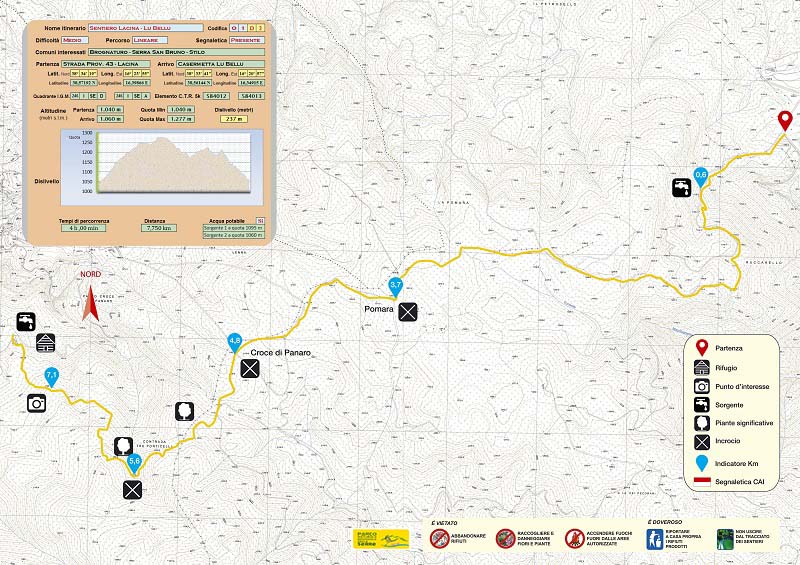
Description
Once in Brognaturo (VV), follow the SP 43 road towards Lacina. When you reach the basin that hosts Lake Alaco and immediately after the crossroads leading to the dam of the same name, turn right onto a dirt road. From this point, having left the car behind, proceed along the uphill road that, having passed some cultivated terraces and a pond on the left, reaches a clearing. Leaving the turnoff to the right, we continue along a series of hairpin bends. This first part is completely uphill, but we can quench our thirst at a fountain and admire enchanting granite outcrops silhouetted here and there among the beech trees. After about 2 km from the start, we come to a clearing with fir trees and wild apple trees. We follow the road for another kilometre or so, avoiding the detours, until we reach an oblong clearing which immediately on the right has a fir tree at the foot of which there is a small milestone: ‘Pomara’. From this point we take the road that descends towards the ancient pass, located in a saddle between locality “Pomara” and “Pietra del Caricatore”, known as “Croce di Panaro”, recognisable precisely by the presence of a wooden cross on the left. We continue opposite, taking the road to the right of “Croce di Panaro”. The route now presents a short uphill stretch with the presence of a large fir tree on the right and a milestone on the left. Having passed the summit, we descend again to a small clearing, a crossroads. We take the road in front of us on the right. An uphill section begins that will take us to the next fork. We abandon the stretch that continues uphill towards “Pietra de lu Mora” and Pecoraro and turn right. The small road now follows the side of the relief and is affected by other beautiful fir trees, a wetter ground due to the presence of spring water and a stream. This short stretch will lead us to join the road, still unpaved, which descends from “Triangolo”. The last stretch of our itinerary begins, completely downhill, which in about 30 minutes will take us to the “Lu Bellu” barracks. Just before arriving, if we turn left (there is a special sign), in just 5 minutes we will be able to reach the imposing granite quarry known as “Pietra di l’Ammienzu”.
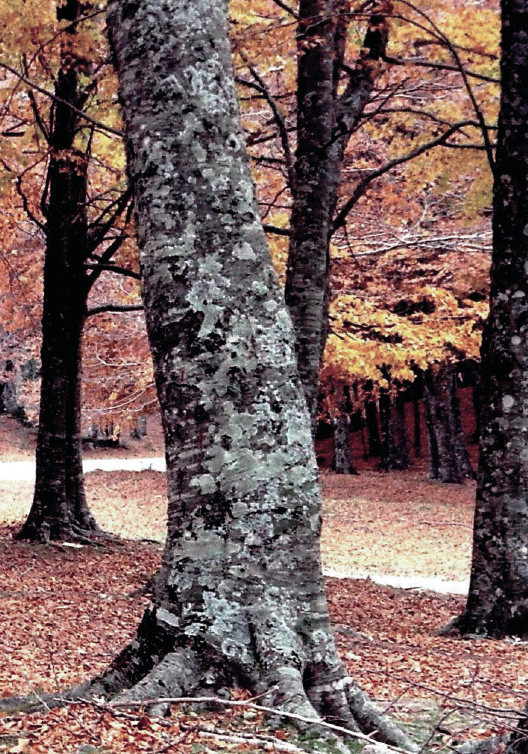
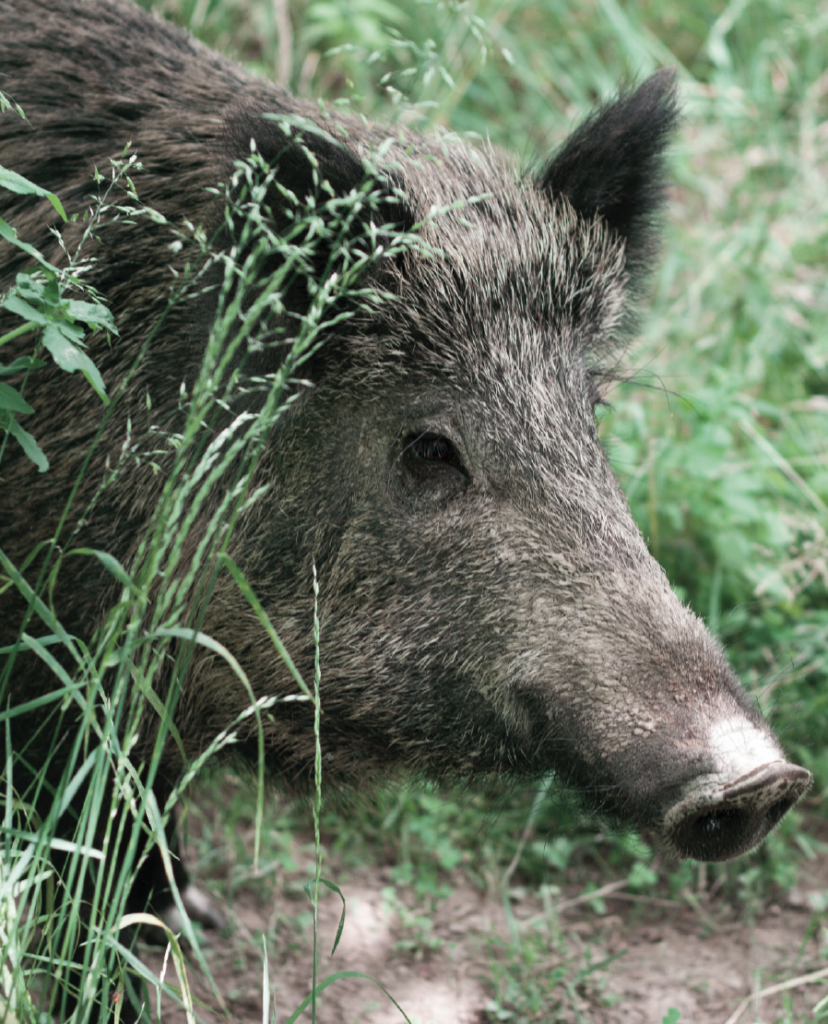
'CARDAMINE QUITABELII'
If we walk this route from April to late May, we can admire a plant that is typical of damp, shady beech forests and on occasion, albeit rarely, of chestnut groves. This is the Cardamine quitabelii, a perennial herbaceous plant up to 60 cm high. It is easy to recognise by its serrated leaves and, above all, by its flowers: white with ray symmetry, which gather at the end of the plant in corymbs or racemes. Cardamine leaves and flowers were once used in cooking for omelettes or soups. The name of the genus (Cardamine) may derive from two Greek words: Kardia (heart) and Damào (to tame), because in ancient times it was believed that plants of this type possessed certain medicinal (cardiotonic) properties.
SWINE
There is a lot of talk about this animal, a hunter’s delight and a plague on agriculture. The wild boar had disappeared from several Italian regions immediately after the Second World War. To cope with the rarefaction of the ungulate, a massive repopulation effort was initiated using a species from Eastern Europe. The new species, which is larger, more robust and more prolific than the original Calabrian strain, has determined, along with other factors, the current critical situation, especially for certain types of crops. An animal with crepuscular and nocturnal habits, during the day it rests lying in holes in the ground, which it digs with its snout and hooves, and in the bushes. They are social animals that live in groups, each occupying an area of about twenty square kilometres. Remember: wild boars have an aggressive temperament.
'FOMES FOMENTARIUS'
Along the way, we come across a curious fungus that spirals up the trunk of a tree. It is a parasite that is inedible because it is woody. It grows on deciduous trees, both living and dead, in summer-autumn. Its shape is shelf or hoof-shaped. The colour of its parts varies, depending on the stage of maturity of each. Fomes Fomentarius is known as a decoy mushroom because mixed with saltpeter it was the most effective solution for lighting fires. Was it for this purpose that Otzi, the famous mummy discovered in 1991, carried it, or because he had discovered the usefulness of its flesh as a haemostatic?
L’AMMIENZU STONE
Our walk continues and, after a long downhill stretch, when we are almost close to our destination, a short diversions to the left will take us to admire the granite complex, in the past a place of quarrying and working for many of the stone masons of Serra, known as ‘Pietra di l’Ammienzu’. This complex temple of nature, surrounded by successions of trees rising like columns all around, rests partially covered by green moss. The main element of the quarry, truly imposing, reaches a height of around 11 metres. On some of the stones we can still see the carvings from the workmanship.
